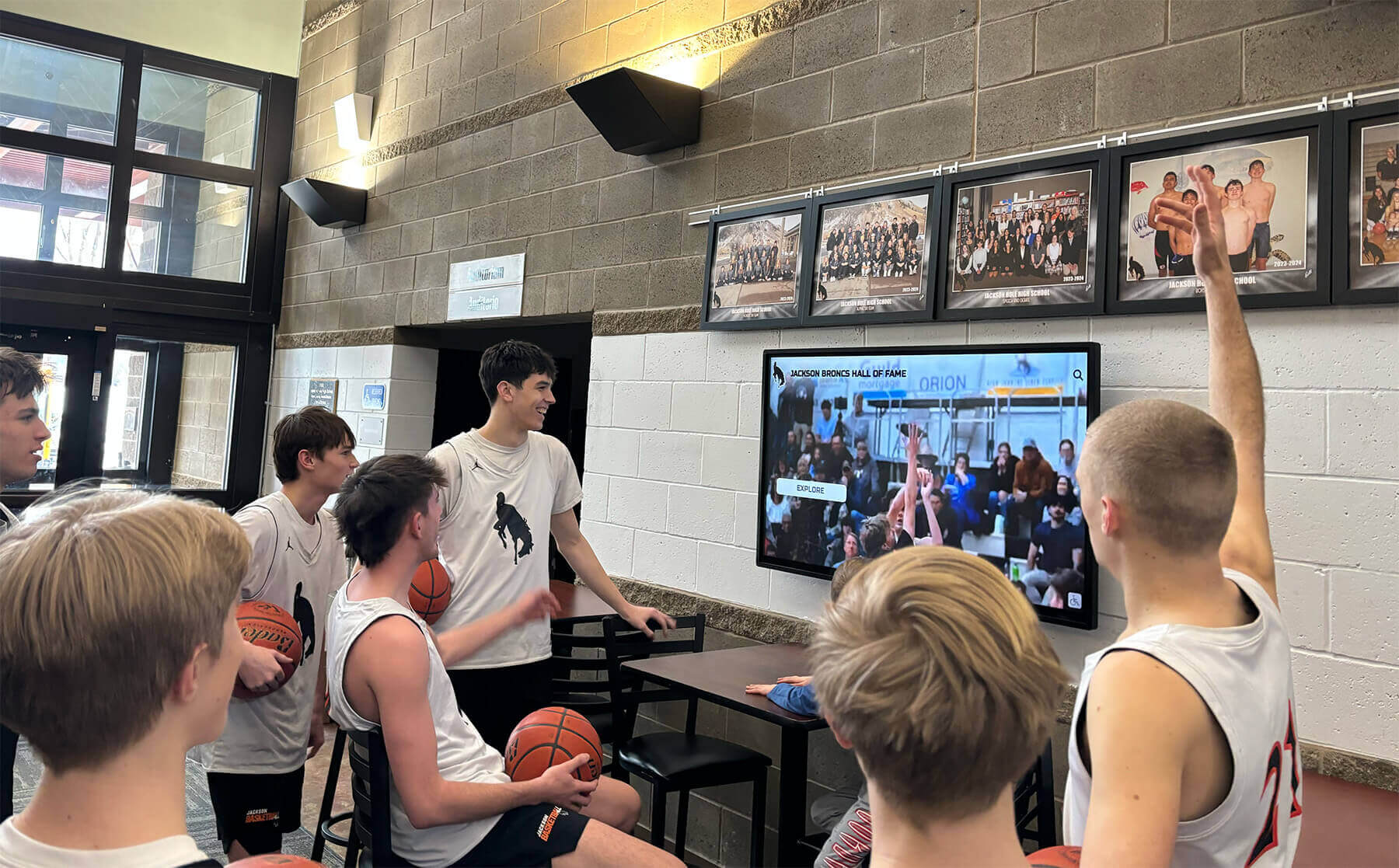Key Takeaways
Comprehensive guide to NIL in high school sports. Learn state regulations, opportunities, compliance requirements, and how schools can support student-athletes navigating name, image, and likeness deals.
The arrival of NIL at the high school level represents one of the most significant changes in prep athletics history. What began as a college-level reform allowing NCAA athletes to profit from endorsements, social media content, and personal appearances has now expanded downward, creating a new category of high school student-athletes who generate income from their athletic abilities and personal brands while still competing for their schools.
Understanding NIL: What Name, Image, and Likeness Really Means
Before exploring the complex landscape of high school NIL, understanding the fundamental concept helps clarify what opportunities actually exist and what restrictions still apply to prep athletes.
Defining Name, Image, and Likeness Rights
NIL rights refer to an individual’s ability to control and profit from the commercial use of their personal identity, including their name, photograph or likeness, and other identifying characteristics. In the context of athletics, NIL allows student-athletes to monetize their athletic reputation and personal brand through various commercial activities.
Common NIL Activities for Athletes:
- Social Media Endorsements: Posting sponsored content on Instagram, TikTok, Twitter, or other platforms promoting products or services
- Autograph Sessions: Signing autographs for fans in exchange for appearance fees or compensation
- Personal Appearances: Attending events, grand openings, or promotional activities as a recognized athlete
- Camps and Clinics: Hosting or appearing at sports camps, providing instruction for compensation
- Merchandise Sales: Selling branded merchandise featuring the athlete’s name, number, or signature
- Content Creation: Producing monetized content on platforms like YouTube or starting paid subscription services
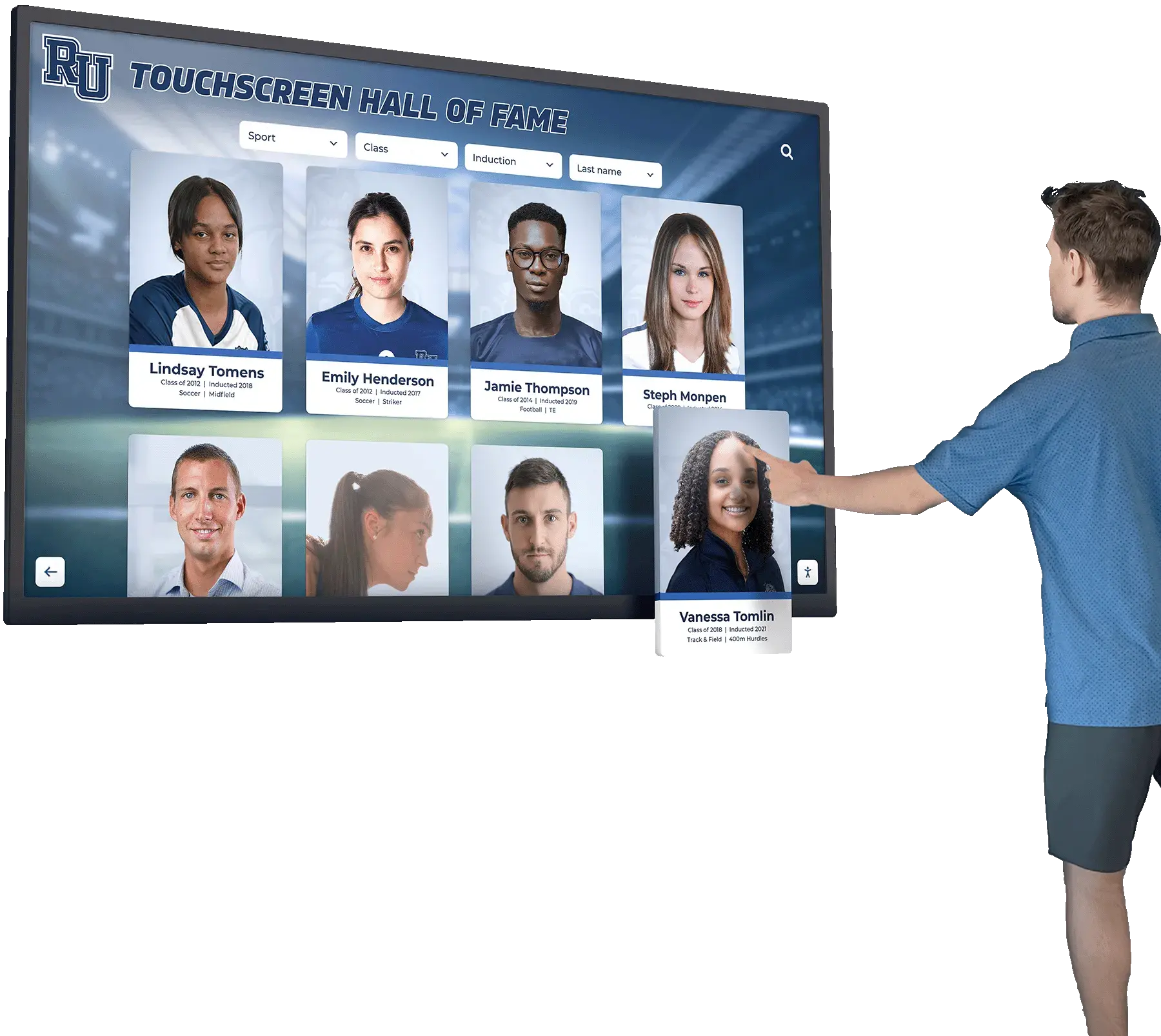
What distinguishes NIL from traditional employment is that compensation relates specifically to the athlete’s identity and reputation as an athlete, not simply to work performed. An athlete who stocks shelves at a grocery store isn’t engaging in NIL activity—that’s regular employment. The same athlete appearing in a commercial for that grocery store wearing their jersey and promoting the store is engaging in NIL activity because they’re being compensated specifically for their identity as a recognized athlete.
What NIL Does NOT Mean
Understanding what NIL doesn’t permit proves equally important for compliance and setting appropriate expectations:
NIL Does Not Allow:
- Direct Payment for Performance: Athletes cannot receive compensation tied directly to game performance, statistics, or winning
- Pay-for-Play Arrangements: NIL is not professional athletics—students aren’t employees of their schools
- Recruitment Inducements: NIL deals cannot be used as recruiting tools to entice athletes to attend specific schools
- School Sponsorship Use: Most states prohibit using school names, logos, or uniforms in NIL activities without permission
- Team Endorsements Using School Identity: Athletes typically cannot endorse products while representing their school teams
These restrictions exist to maintain the distinction between amateur high school athletics and professional sports while preventing NIL from becoming a recruiting tool that advantages schools in wealthy communities or creates pay-for-play scenarios incompatible with educational athletics.
The Current State-by-State NIL Landscape in 2025
The most critical factor determining whether high school athletes can pursue NIL opportunities is where they attend school. Unlike college athletics governed by NCAA rules applying nationally, high school athletics are regulated by individual state high school athletic associations, creating a patchwork of dramatically different policies across the country.
States Currently Permitting High School NIL
As of 2025, at least 42 states and the District of Columbia allow high school athletes to profit from NIL activities while maintaining eligibility for interscholastic athletics. This represents a dramatic expansion from just a few years ago when virtually no states permitted such arrangements.
Recent State Actions:
According to recent legislative updates, Texas became the 40th state to allow high school NIL when Governor Greg Abbott signed legislation in June 2025. The Texas law permits athletes aged 17 and older to enter into NIL deals while competing in UIL-sanctioned athletics.
Montana approved amended bylaws in January 2025 permitting athletes to profit from NIL, joining the growing majority of states recognizing these opportunities.
States permitting NIL typically impose various restrictions and requirements, but the fundamental permission exists for athletes to engage in name, image, and likeness activities without forfeiting eligibility for school sports.
States Still Prohibiting or Heavily Restricting NIL
Despite the growing trend toward permitting NIL, several states continue prohibiting or severely restricting these opportunities for high school athletes who want to participate in interscholastic sports.
States Where NIL Remains Generally Prohibited:
- Michigan
- Indiana
- Ohio
- Alabama
- Wyoming
- Montana (though recent changes suggest policy evolution)
- Hawaii
- West Virginia
The Midwest represents the region with the largest concentration of NIL-prohibiting states. According to state-by-state analyses, athletic associations and legislatures in these states remain divided on adopting NIL at the high school level, with ongoing debates about appropriate policy.
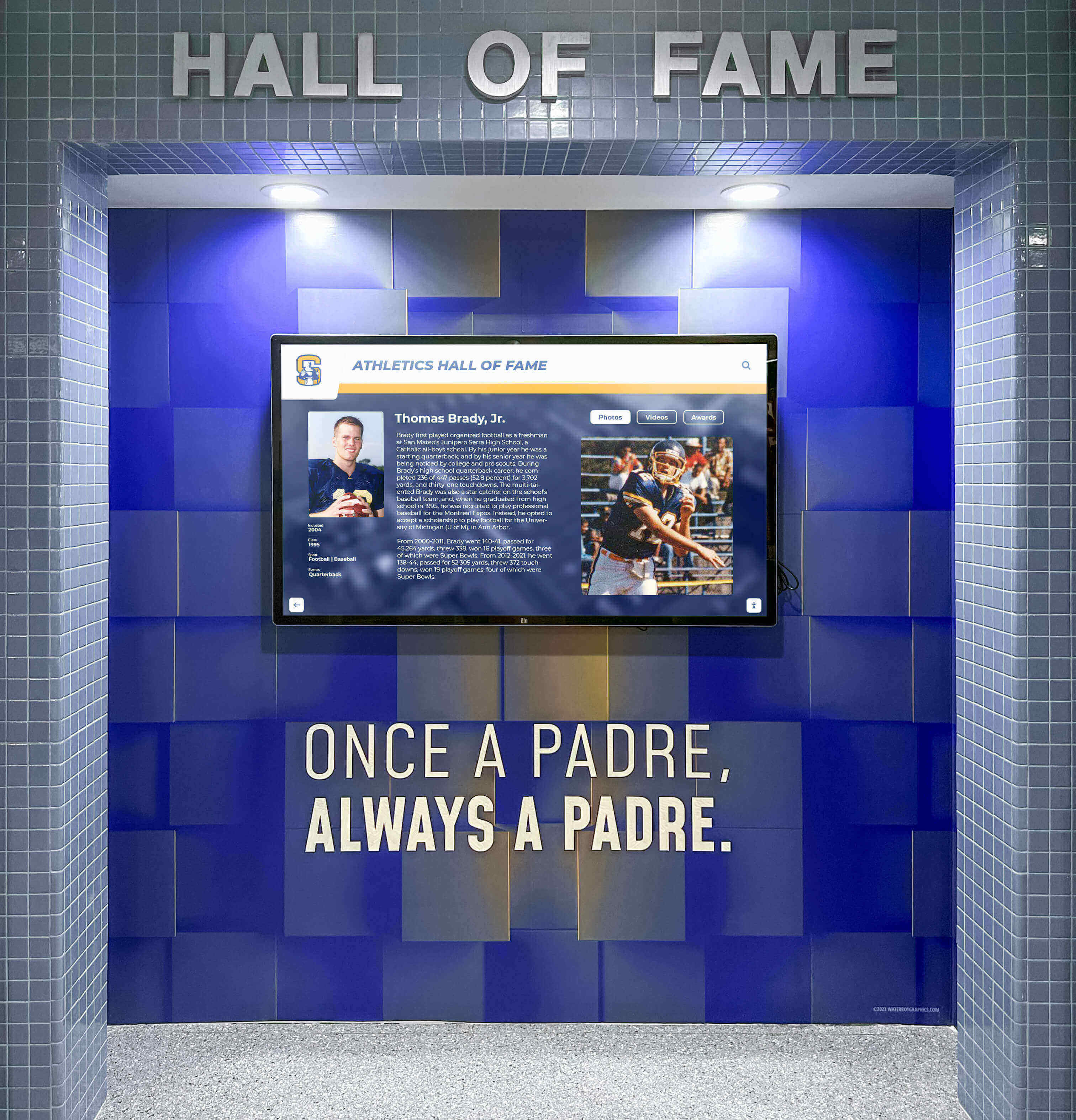
This patchwork creates significant complications for athletes living in prohibited states who see peers in neighboring states capitalizing on NIL opportunities. Some talented athletes have reportedly transferred to schools in permissive states specifically to access NIL opportunities, raising questions about competitive balance and the unintended consequences of inconsistent policies.
Common Restrictions Across Permissive States
States that allow high school NIL typically impose various restrictions designed to preserve educational priorities, prevent recruitment abuses, and maintain competitive balance. While specifics vary by state, several common restrictions appear frequently:
Typical State Restrictions on High School NIL:
School Identity Protection: Nearly all states prohibit mentioning the athlete’s school name, using school logos or mascots, or wearing school uniforms in NIL activities without explicit permission. This separation ensures NIL deals remain individual opportunities rather than school endorsements.
No Performance-Based Incentives: States prohibit NIL compensation tied to statistics, game outcomes, or athletic performance to maintain the distinction between amateur and professional athletics.
No Recruiting Inducements: NIL deals cannot be contingent on attending specific schools or used as recruiting tools, preventing wealthy programs from using NIL as a competitive advantage.
Appropriate Product/Service Restrictions: Most states prohibit endorsements of alcohol, tobacco, gambling, adult content, or other products deemed inappropriate for minors.
Disclosure Requirements: According to NCAA reporting requirements, any NIL deal valued at more than $600 must be reported to the NCAA through the “NIL Go” platform for athletes intending to compete in college. States may impose additional disclosure requirements to athletic associations.
Academic Eligibility Maintenance: Athletes must continue meeting academic and conduct requirements for athletic eligibility regardless of NIL earnings.
These restrictions attempt to balance opportunity with appropriate boundaries, though their effectiveness and consistency across states continues generating debate among stakeholders.
Types of NIL Opportunities Available to High School Athletes
Understanding what NIL opportunities realistically exist for high school athletes helps set appropriate expectations and guides athletes toward legitimate, productive arrangements.
Social Media Endorsements and Sponsored Content
For most high school athletes, social media represents the most accessible NIL opportunity. Athletes with significant followings on platforms like Instagram, TikTok, or YouTube can partner with brands to create sponsored content promoting products or services.
How Social Media NIL Works:
Brands pay athletes to create posts, stories, videos, or other content featuring their products. Compensation might be monetary payment, free products, or a combination. Athletes typically must disclose sponsored relationships through hashtags like #ad or #sponsored to comply with Federal Trade Commission regulations.
Realistic Expectations:
While a few exceptional high school athletes with massive social media followings earn substantial income from endorsements, most high school athletes have modest followings limiting earning potential. Athletes with 1,000-5,000 followers might earn $50-$200 per post, while those with 10,000-50,000 followers might command $200-$1,000 per post depending on engagement rates and audience demographics.
The most successful social media NIL strategies focus on authentic partnerships with brands athletes genuinely use and audiences that match brand target demographics, rather than chasing every possible sponsorship regardless of fit.
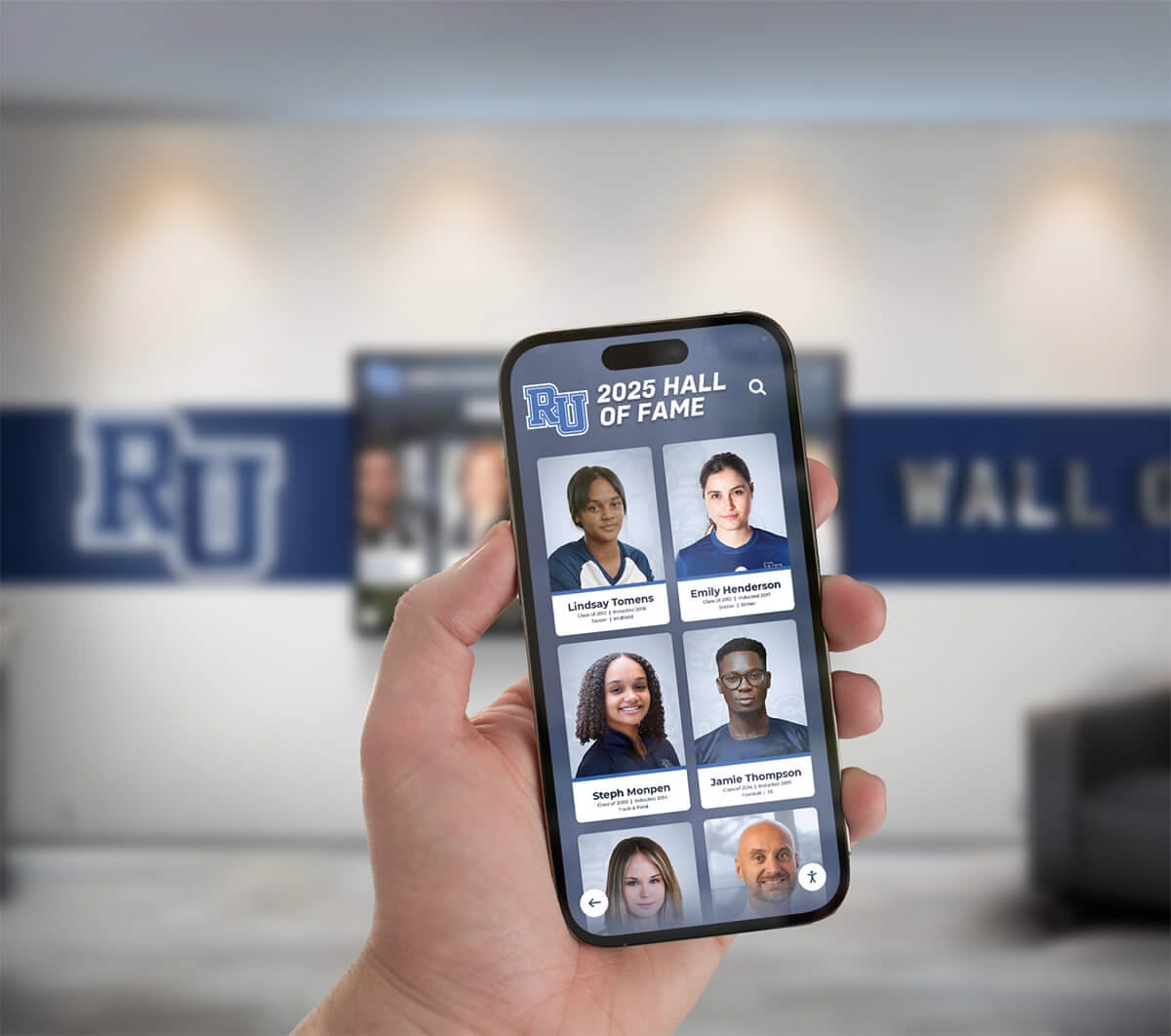
Local Business Partnerships and Appearances
Many high school athletes develop NIL relationships with local businesses in their communities rather than pursuing national brand partnerships. These arrangements often prove more accessible and meaningful than pursuing corporate sponsorships reserved for elite athletes.
Common Local NIL Arrangements:
- Restaurant appearances during promotional events
- Sports equipment store endorsements or sponsored gear
- Training facility partnerships and promotions
- Local car dealership commercials or advertising
- Community event appearances and speaking engagements
Local partnerships benefit both parties—businesses gain association with popular local athletes, while athletes earn income and build community connections that may extend beyond their playing careers.
Camps, Clinics, and Coaching Services
Athletes with demonstrated skills and knowledge can offer camps, clinics, or private coaching services, charging participants for instruction. This NIL category emphasizes the athlete’s expertise and reputation rather than simply their identity.
Camp and Clinic Opportunities:
- Individual skill development sessions
- Position-specific training camps
- Youth team clinics and team training
- Online coaching and video analysis services
- Participation in established camps as guest instructors
These opportunities allow athletes to monetize their skills while developing coaching abilities and leadership experience that benefit their own development. Many athletes find teaching younger players rewarding beyond financial compensation.
Autograph Sessions and Memorabilia
Traditional athlete activities like autograph sessions and signed memorabilia sales now represent legitimate NIL opportunities for high school athletes in permissive states.
Memorabilia NIL Activities:
- Public autograph signing events for fans
- Sales of signed photos, jerseys, or equipment
- Virtual signing sessions shipping signed items
- Meet-and-greet events with autograph components
- Personalized video messages through platforms like Cameo
While memorabilia opportunities prove most viable for the most prominent high school athletes with significant fan bases, even athletes with modest local recognition can occasionally capitalize on interest from younger fans and community members.
Content Creation and Personal Branding
Some entrepreneurial athletes create their own content and build personal brands independent of specific sponsorship deals, monetizing through platforms like YouTube, Patreon, podcast sponsorships, or merchandise sales featuring their personal logos or catchphrases.
Independent Content NIL:
- YouTube channels with monetized videos about training, games, or life as a student-athlete
- Podcasts discussing sports with advertising revenue
- Personal merchandise lines featuring athlete names or designs
- Paid online training programs or subscription content
- TikTok Creator Fund earnings from viral content
This approach requires more initiative and entrepreneurial skill but provides greater control and potentially more sustainable income than depending on sponsor relationships that may be temporary.
Major NIL Deals and Notable Examples in High School Athletics
While most high school NIL deals involve modest compensation, several high-profile agreements demonstrate the potential for elite prospects.
Landmark High School NIL Deals
Kiyomi McMiller - Nike Jordan Brand (February 2023): Life Center Academy basketball prospect Kiyomi McMiller signed Nike label Jordan Brand’s first high school NIL deal, marking a significant milestone for prep NIL. The partnership demonstrated that major athletic brands would engage with high school athletes, not just college and professional players.
Mia Brahe-Pedersen - Nike Track & Field (July 2023): Lake Oswego High School senior Mia Brahe-Pedersen signed Nike’s first high school track-and-field NIL deal. This partnership showed that NIL opportunities extend beyond high-profile sports like football and basketball to include Olympic sports and women’s athletics.
These landmark deals, while exceptional, established precedents showing that legitimate, substantial NIL opportunities exist for the most elite high school prospects while the vast majority of student-athletes engage in more modest local partnerships.
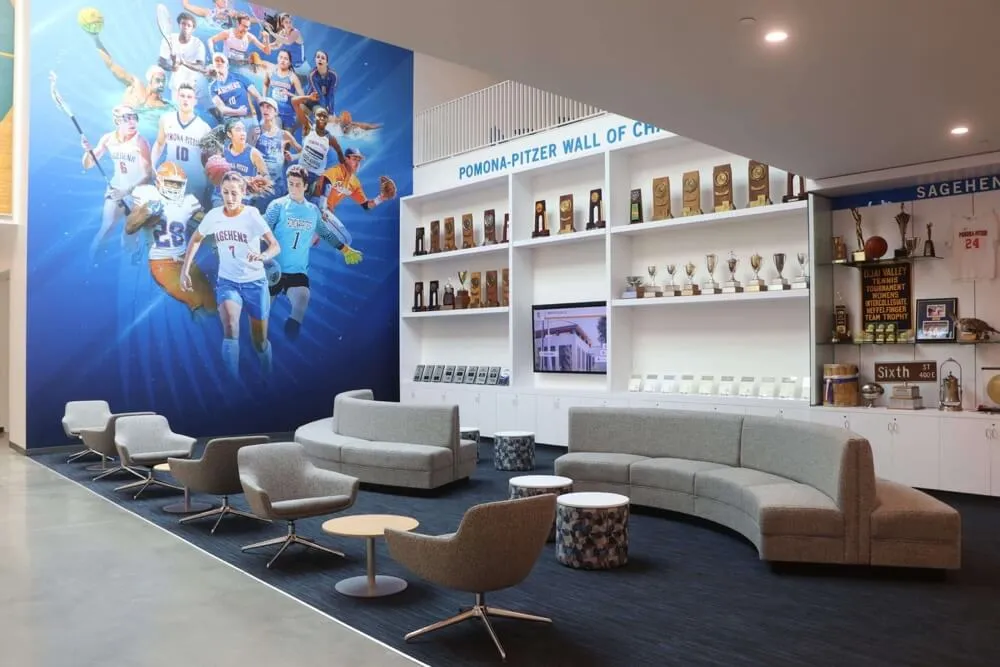
How Schools Can Support Student-Athletes Navigating NIL
Schools occupy unique positions to educate, guide, and support student-athletes exploring NIL opportunities while maintaining appropriate boundaries that preserve educational priorities and competitive balance.
Educational Programs and Resources
Schools should provide comprehensive education about NIL opportunities, risks, and compliance requirements before athletes enter into agreements they don’t fully understand.
Recommended Educational Topics:
NIL Fundamentals: What NIL means, what opportunities exist, and what restrictions apply in your state
Contract Basics: How to read and understand contracts, what terms to negotiate, when to seek legal or parental guidance
Tax Implications: Understanding that NIL income must be reported to the IRS, potential tax obligations, and importance of keeping records
Time Management: Balancing NIL activities with academic responsibilities, athletic commitments, and personal wellbeing
Brand Building: Developing authentic personal brands, managing social media professionally, and building long-term value beyond immediate deals
Financial Literacy: Managing income responsibly, avoiding overspending based on temporary NIL earnings, and planning for financial futures
Schools might offer workshops, bring in speakers with relevant expertise, or partner with local business organizations to provide this education systematically rather than leaving athletes to navigate opportunities without guidance.
Recognition Programs That Celebrate Achievement Appropriately
Schools can recognize NIL success as one form of student achievement without creating systems that overemphasize commercial success or make students without NIL deals feel less valued.
Solutions like digital recognition displays enable schools to celebrate diverse achievements including athletic performance, academic excellence, community service, and yes—when appropriate—significant NIL accomplishments representing entrepreneurship and brand development.
Principles for NIL Recognition:
- Recognize NIL success as business/entrepreneurship achievement, not purely athletic accomplishment
- Ensure recognition programs celebrate diverse achievements so students without NIL deals see pathways to acknowledgment
- Focus on the entrepreneurial skills developed rather than dollar amounts earned
- Highlight athletes who use NIL platforms to promote positive causes or community organizations
- Avoid creating hierarchies suggesting students with NIL deals are more valuable than those without
Student engagement strategies that emphasize growth, effort, and diverse forms of excellence help ensure NIL doesn’t create divisive status systems within student populations.
Compliance Monitoring Without Overreach
Schools must help athletes understand and comply with applicable NIL regulations without becoming intrusive monitors of student activities outside school jurisdiction.
Appropriate School Compliance Roles:
Educate on State Rules: Clearly communicate what state high school athletic association rules permit and prohibit regarding NIL
Protect School Identity: Establish clear policies about use of school names, logos, and uniforms in NIL activities, obtaining necessary permissions when appropriate use is requested
Monitor Conflicts: Ensure NIL activities don’t conflict with practice schedules, game times, or academic responsibilities
Verify Eligibility: Confirm that students engaging in NIL maintain academic and conduct eligibility requirements for athletics
Connect to Resources: Help students access legal, financial, and advisory resources for reviewing contracts and making informed decisions
Inappropriate Overreach:
Schools should generally avoid demanding financial details of deals, requiring school approval of all NIL partnerships unrelated to school identity, restricting NIL activities occurring entirely outside school time and facilities, or using NIL status as a factor in team selection or playing time decisions.
The balance requires protecting legitimate school interests and ensuring compliance with regulations while respecting that NIL activities represent personal opportunities outside direct school control.
Concerns and Challenges With High School NIL
Despite the opportunities NIL creates, significant concerns exist about potential negative effects on young athletes, competitive balance, and the educational mission of high school athletics.
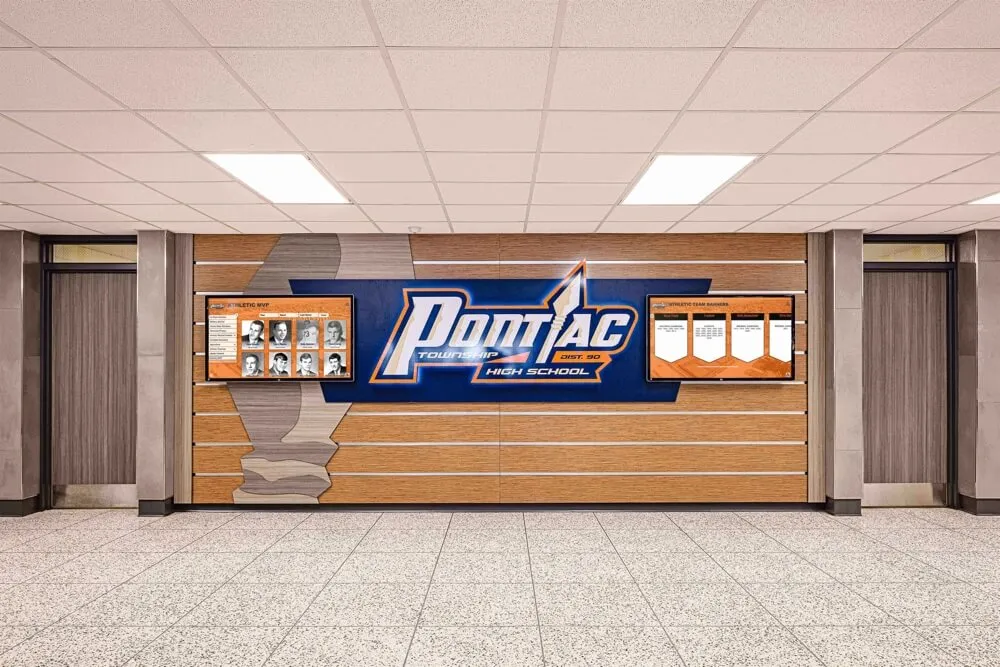
Competitive Balance and Recruitment Issues
Critics worry that NIL will exacerbate existing competitive imbalances between schools in wealthy areas with greater sponsorship opportunities and schools in economically disadvantaged communities where local businesses have limited capacity for athlete sponsorships.
Competitive Balance Concerns:
- Athletes in major metropolitan areas have access to more and larger NIL opportunities than rural athletes
- Private schools with affluent parent communities might facilitate more lucrative deals than public schools
- Booster organizations might funnel NIL deals to top recruits as de facto recruiting inducements
- Transfer rules might not adequately prevent athletes from moving schools to access better NIL opportunities
While states prohibit explicit recruiting use of NIL, the practical difficulty of proving that an athlete transferred specifically for NIL opportunities creates enforcement challenges. Schools with robust NIL ecosystems gain de facto competitive advantages even without technically violating recruiting rules.
Mental Health and Developmental Concerns
Introducing commercial pressures and income opportunities to adolescents at sensitive developmental stages raises legitimate mental health and maturation concerns.
Developmental Risks:
Distorted Priorities: NIL may shift focus from academic achievement and skill development to maximizing short-term commercial value
Identity Formation Challenges: Tying self-worth and identity to commercial success and social media metrics during critical identity formation years
Exploitation Vulnerability: Young athletes lack experience evaluating contracts and protecting themselves from exploitative arrangements
Pressure and Stress: Performance pressure intensifies when personal brand value and income depend on athletic success
Social Comparison: Students without NIL deals may feel inadequate compared to peers earning income from athletics
Relationship Strain: Differential NIL success among teammates may create resentment and damage team cohesion
According to analyses of high school NIL trends, a financial revolution once seemingly only available for college athletes trickling down to the high school level raises concerns about the impact on young athletes’ mental health and development.
These concerns don’t necessarily mean NIL should be prohibited, but they emphasize the importance of adult guidance, education, and appropriate boundaries protecting adolescent wellbeing.
Academic Priority and Time Management
High school’s primary purpose remains education, and NIL activities must not undermine academic achievement or consume time needed for coursework, rest, and normal adolescent development.
Academic Concerns:
- NIL commitments competing with homework, studying, and class attendance
- Travel for NIL appearances causing missed school days
- Mental energy consumed by NIL activities reducing focus on academics
- Athletes prioritizing sports and commercial opportunities over academic subjects
- College recruitment focus potentially shifting from academic fit to NIL opportunity assessment
Schools must maintain clear expectations that academic eligibility requirements remain paramount and that NIL activities cannot excuse poor academic performance or attendance issues.
Financial Literacy and Tax Compliance
Most adolescents lack financial literacy and experience managing income, creating risks that NIL earnings will be spent unwisely or that tax obligations will be ignored with long-term negative consequences.
Financial Risks:
- Spending NIL income on wants rather than saving or investing
- Failing to set aside money for tax obligations
- Not reporting income to IRS or state tax authorities
- Making poor financial decisions based on expectation of continued NIL earnings
- Lack of understanding about contracts committing to ongoing obligations
Educational programming about financial management and tax compliance proves essential but insufficient on its own—young athletes need ongoing guidance from financially literate adults as they navigate income and spending decisions.
The Future of High School NIL: Trends and Predictions
The high school NIL landscape continues evolving rapidly as more states adopt permissive policies, businesses identify opportunities to partner with prep athletes, and stakeholders learn from early experiences.
Increasing State Adoption
The trend strongly favors expanding high school NIL opportunities rather than restricting them. States currently prohibiting NIL face increasing pressure as athletes and families question why geographic location should determine access to legal earning opportunities available to peers just across state lines.
Likely Developments:
- Most remaining prohibitive states will adopt permissive policies within 2-3 years
- Federal legislation may eventually create national high school NIL standards, though this remains speculative
- States may standardize rules to reduce current patchwork complexity
- More comprehensive guidance and best practices will emerge as policies mature
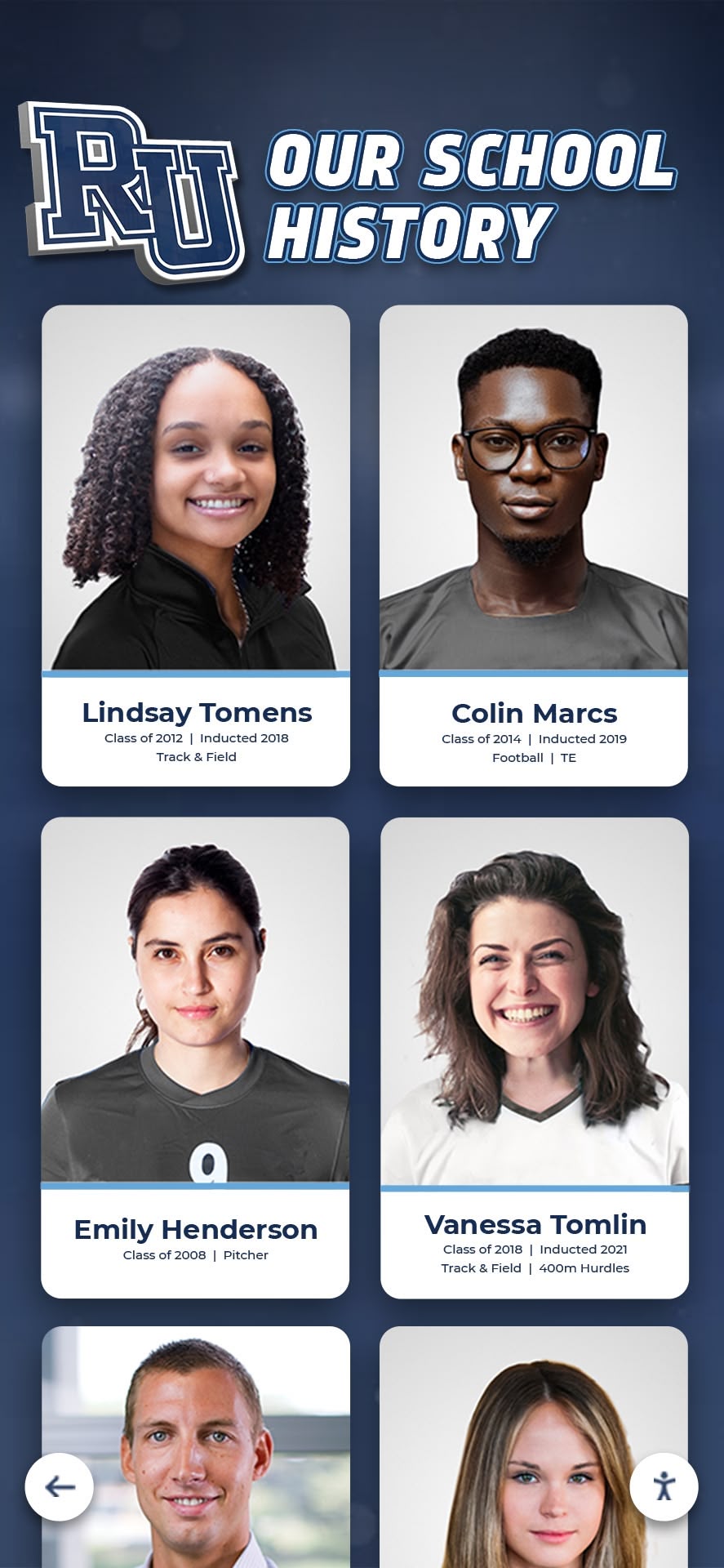
Technology and Platform Development
Specialized platforms and services will emerge specifically to facilitate high school NIL, making opportunities more accessible to athletes beyond elite prospects.
Emerging NIL Technology:
- Platforms connecting high school athletes with local businesses seeking partnerships
- Management services helping young athletes negotiate deals and manage contracts
- Compliance tools ensuring athletes follow state rules and maintain eligibility
- Tax preparation services specialized in athlete income
- Social media analytics helping athletes demonstrate value to potential sponsors
These tools will democratize NIL access somewhat, though significant disparities will likely persist based on athletic achievement, social media following, and geographic location.
Integration with College Recruitment
College coaches and recruitment analysts will increasingly consider high school NIL success as a factor in evaluating prospects, though the weight remains uncertain.
Recruitment Considerations:
- NIL track record may indicate marketability valuable to college programs seeking athletes who can attract sponsors
- Social media presence and personal branding skills become minor recruitment factors
- Athletes with established NIL relationships may prioritize colleges in locations with strong NIL ecosystems
- College programs may reference their NIL support resources during high school athlete recruitment
This integration creates both opportunities for athletes to leverage NIL experience during recruitment and risks that commercial considerations increasingly influence what should primarily be educational decisions.
Best Practices for Athletes, Parents, and Schools
Successfully navigating high school NIL requires thoughtful approaches from all stakeholders—athletes, parents, coaches, and schools—working together to maximize opportunities while minimizing risks.
For Student-Athletes
Focus on Long-Term Development: Prioritize skill development, academic achievement, and character formation over short-term NIL income. The skills and education you develop now create lasting value, while most high school NIL earnings remain modest and temporary.
Build Authentic Personal Brands: Focus on authenticity rather than maximizing immediate deals. Partnerships aligned with your genuine interests and values create more sustainable relationships and protect your reputation.
Maintain Academic Standards: Never allow NIL activities to compromise academic performance or eligibility. Education provides security that athletic careers and NIL opportunities cannot match.
Seek Guidance on Contracts: Have parents, attorneys, or qualified advisors review contracts before signing. Understanding commitments and protecting your interests proves essential.
Manage Finances Responsibly: Set aside money for taxes, avoid spending based on expectations of continued earnings, and develop financial literacy that will serve you throughout life.
Keep Team and School Priorities First: NIL represents individual opportunity, but you remain a member of a team and school community. Don’t allow commercial interests to undermine relationships or team success.
For Parents and Guardians
Provide Education and Guidance: Help your athlete understand NIL opportunities, risks, and responsibilities without pushing them into activities they’re uncomfortable with or overemphasizing commercial success.
Review Agreements Carefully: Examine contracts for problematic terms, long-term obligations, and requirements that might conflict with academic or athletic responsibilities.
Monitor Academic Performance: Ensure NIL activities don’t reduce study time, homework completion, or class attention. Intervene if academics suffer due to NIL commitments.
Protect Your Child’s Wellbeing: Watch for signs of stress, anxiety, or identity issues related to NIL pressures. Prioritize mental health over commercial opportunities.
Manage Finances and Taxes: Help your athlete understand tax obligations, file required returns, and make wise financial decisions. Consider consulting tax professionals about athlete income.
Model Healthy Priorities: Communicate through words and actions that your child’s worth isn’t tied to NIL success and that education and character development matter more than commercial opportunities.
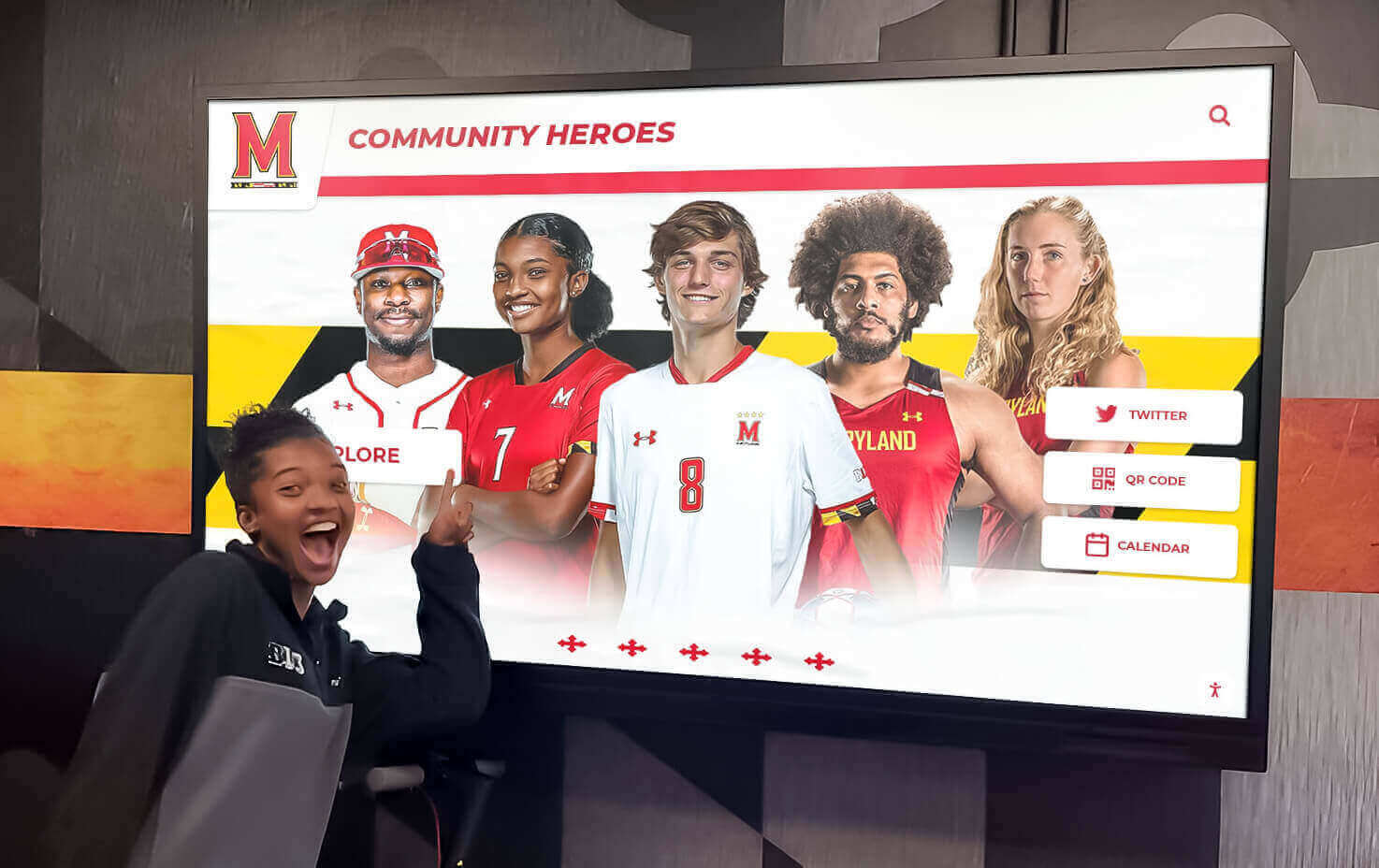
For Schools and Athletic Departments
Provide Comprehensive Education: Offer systematic education about NIL opportunities, compliance requirements, financial literacy, contract basics, and time management rather than assuming athletes and families will figure it out independently.
Establish Clear Policies: Communicate school policies about use of school identity in NIL activities, set expectations about balancing NIL with academic and athletic responsibilities, and define appropriate boundaries for school involvement.
Connect Athletes with Resources: Help students access legal, financial, and advisory resources for making informed NIL decisions without the school itself providing advice that could create liability.
Recognize Diverse Achievement: Implement comprehensive recognition programs celebrating athletic performance, academic achievement, leadership, community service, and character—not just commercial NIL success.
Monitor for Problems: Watch for signs that NIL is undermining team cohesion, academic performance, or student wellbeing, intervening appropriately when problems arise.
Maintain Competitive Focus: Ensure that NIL status doesn’t influence coaching decisions about playing time, team selection, or resource allocation to maintain fairness and competitive integrity.
Recognition Programs That Navigate NIL Appropriately
As schools develop approaches to NIL, recognition programs provide opportunities to celebrate achievement while maintaining appropriate boundaries and priorities.
Modern digital recognition platforms enable schools to showcase diverse student accomplishments including athletic performance, college commitments, academic honors, and community contributions. When designed thoughtfully, these systems can acknowledge significant NIL achievements as one form of entrepreneurship and personal branding success without creating hierarchies based on commercial earnings.
Recognition Program Best Practices:
Celebrate Diverse Achievements: Feature recognition of academic honors, scholarship recognition programs, athletic records, community service, and character awards alongside any NIL accomplishments
Focus on Skills, Not Earnings: When recognizing NIL success, emphasize entrepreneurial skills, brand-building capabilities, and business acumen rather than dollar amounts earned
Maintain Perspective: Position NIL as one of many paths students might pursue—business, arts, academics, community service—rather than as the pinnacle of high school achievement
Use Technology Thoughtfully: Digital recognition displays provide flexibility to showcase varied achievements without the space limitations of traditional plaques, ensuring all students see pathways to recognition aligned with their strengths
Recognition programs designed with these principles help schools navigate NIL’s arrival while maintaining educational priorities and inclusive school cultures where all students feel valued.
Conclusion: Navigating the New High School Athletics Landscape
NIL represents a fundamental change in high school athletics, creating unprecedented opportunities for student-athletes to capitalize on their athletic achievements and personal brands while they’re still in high school. In states permitting NIL, athletes can now earn income from endorsements, social media content, camps, appearances, and other activities that were completely prohibited just a few years ago.
This evolution brings both significant opportunities and legitimate concerns. The most talented athletes in permissive states can earn meaningful income, develop entrepreneurial skills, and build personal brands that may benefit them long after their playing careers end. At the same time, concerns about competitive balance, mental health impacts, exploitation vulnerability, and distorted priorities deserve serious attention from all stakeholders.
Successfully navigating this new landscape requires balance—embracing legitimate opportunities while maintaining appropriate boundaries that protect adolescent wellbeing and educational priorities. Schools must educate without overreaching, recognize achievement without overemphasizing commercial success, and support students while maintaining focus on academics and character development.
For student-athletes and families, the key lies in keeping perspective—NIL represents a potential opportunity but not a requirement, one form of achievement among many, and a means to develop business skills and generate income but not a replacement for education and long-term development.
As the high school NIL landscape continues evolving, those who approach it thoughtfully with proper education, guidance, and balance will benefit from new opportunities while avoiding potential pitfalls that could undermine the educational mission of interscholastic athletics.
Supporting Student-Athletes Through Modern Recognition
Schools seeking to celebrate diverse student achievements while navigating NIL should explore comprehensive recognition solutions that honor athletic excellence, academic achievement, community service, and character development. Rocket Alumni Solutions provides digital platforms enabling schools to showcase the full spectrum of student accomplishments through engaging, interactive displays that inspire current students while honoring those who excel across multiple dimensions of school life.
For additional guidance on celebrating athletic achievement appropriately in the NIL era, explore resources on athletic history displays, college signing recognition, and student recognition programs that help schools build cultures of excellence while maintaining appropriate priorities in this new era of high school athletics.
